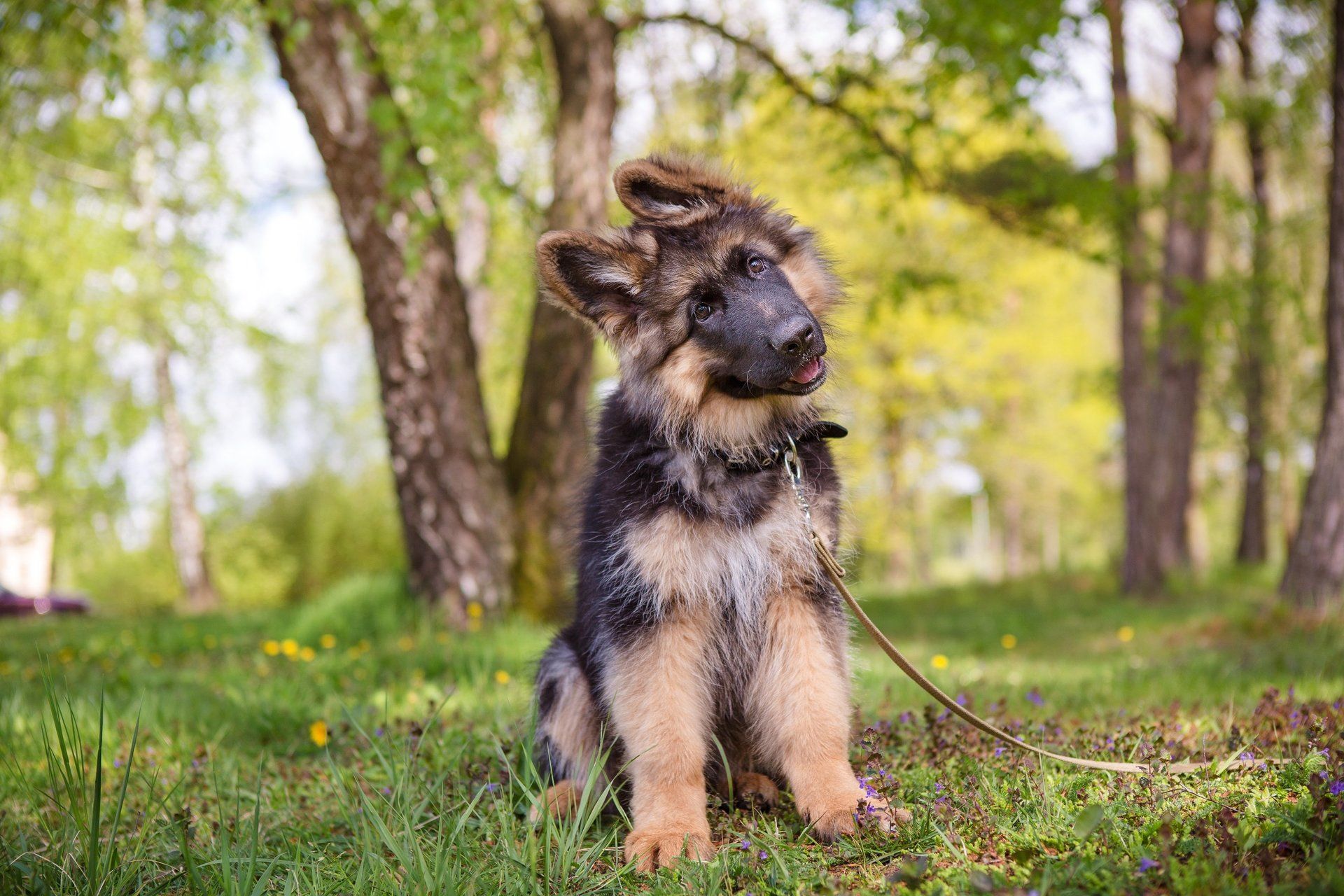Lead positioning
Are you holding the dog lead correctly?
When I first started learning about dog training from Graeme aka The Dogfather who I was working with at the time, I was amazed to find out that there is a correct way to hold the lead.
Now I’ve seen many owners hold the lead in different ways over the years and during my dog training classes I had one owner holding it like you would a horses rein, which could have ended up breaking their pinky finger if the dog suddenly bolted.
So first let's talk about holding the lead in both hands across your body, a very common way for holding it and one most owners do. See how there is no slack in the lead from the dogs collar and the owners elbows are bent, which is not a relaxed body posture.
Now holding the lead like this actually causes your body to be tense, which sends tension down the lead to your dog. Did you know that a tense lead actually causes your dog to pull more, this is because they are worried they will fall back if they don’t resist against it.
It is known as opposition reflex and something that we do ourselves.
If I was to shove you, your body would naturally jerk to try and keep you upright so you didn’t fall over, that is opposition reflex.
Minimising tension in the dog lead
So you want to minimise the amount of tension as much as possible, to do this it is actually better to hold the lead in one hand with your thumb pointing down the lead, this way your arm is naturally relaxed at your side causing no tension. (see image below) Also having your thumb pointing down the lead gives you better control over the dog, as oppose to the lead coming out from the back of the hand.
The positioning in your hand may feel unnatural at first, I know it did for myself when training my dog Aura as well as clients in training classes, but persevere with it and it will get easier. I personally can’t imagine holding the lead any other way now.
Too much lead can be a hazard
Last thing to note is you do not want to give your dog the full length of the lead as this means the dog can walk in front of you, behind you and get you caught up in the lead. What you're after is enough lead so the clip hangs down from the collar and there is a small bend in the lead as the dog is next to you. (See image below of reference)
Next time you're training your dog, be it in the home or outside give this a try and see how you get on. My next blog I’ll be talking about ‘body language in dog training’ and how important it is.














